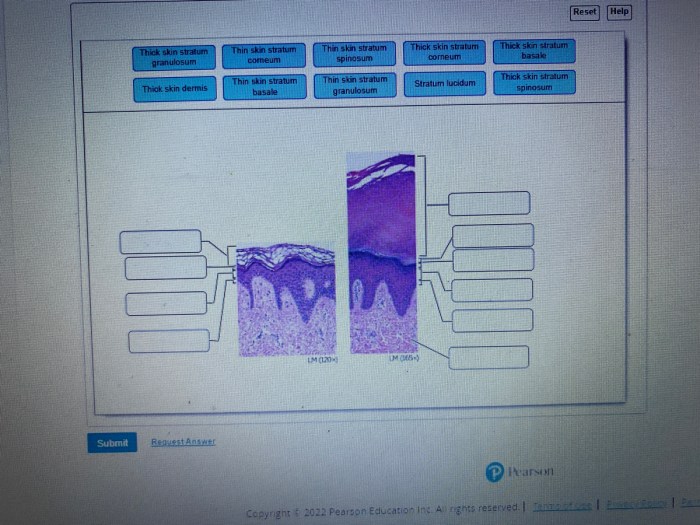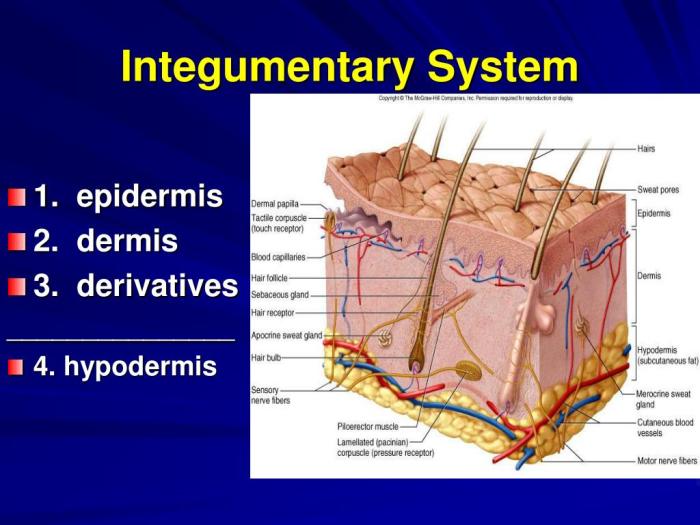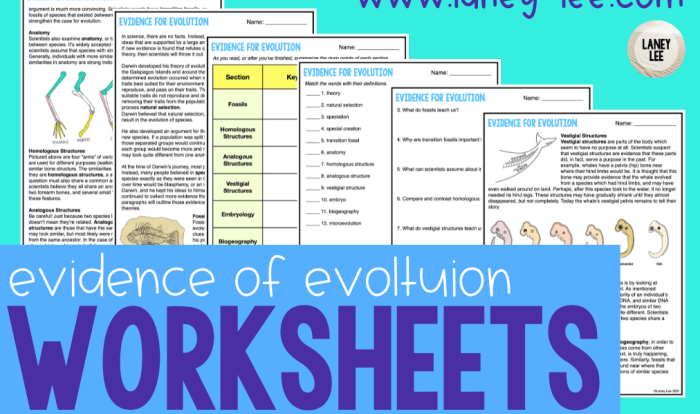Chapter two cells tissues and integument – In chapter two, we embark on an illuminating journey into the realm of cells, tissues, and the integumentary system. This chapter unveils the fundamental units of life, the remarkable organization of tissues, and the protective barrier that shields our bodies.
Delving into the intricacies of cell structure, we unravel the functions of organelles and witness the intricate dance of cell division. Exploring the diverse array of tissues, we uncover their specialized roles in supporting, connecting, and controlling bodily functions.
The integumentary system emerges as a fascinating guardian, safeguarding us from external threats while regulating temperature and facilitating sensory perception. Through the lens of homeostasis, we appreciate the delicate balance maintained by the integumentary system, ensuring the stability of our internal environment.
This chapter invites us to marvel at the intricate symphony of life, from the microscopic level of cells to the protective embrace of our skin.
Cell Structure and Function

The cell is the basic unit of life and the building block of all living organisms. Cells come in various shapes and sizes, but they all share a common structure that includes a cell membrane, cytoplasm, and nucleus.
Cell Membrane
The cell membrane is a thin, flexible layer that surrounds the cell and protects its contents. It is selectively permeable, meaning that it allows certain substances to pass through while blocking others.
Cytoplasm
The cytoplasm is the gel-like substance that fills the cell. It contains all the organelles, which are small structures that perform specific functions within the cell.
Nucleus
The nucleus is the control center of the cell. It contains the cell’s DNA, which is the genetic material that determines the cell’s characteristics.
Cell Organelles
- Mitochondria: The mitochondria are the powerhouses of the cell. They produce energy in the form of ATP.
- Ribosomes: Ribosomes are small structures that synthesize proteins.
- Golgi apparatus: The Golgi apparatus is responsible for packaging and secreting proteins.
Cell Division: Chapter Two Cells Tissues And Integument
Cell division is the process by which a cell divides into two or more daughter cells. There are two main types of cell division: mitosis and meiosis.
Mitosis, Chapter two cells tissues and integument
Mitosis is the process by which a cell divides into two identical daughter cells. It occurs in somatic cells, which are all the cells in the body except for the gametes (eggs and sperm).
- Prophase: The chromosomes become visible and the nuclear envelope breaks down.
- Metaphase: The chromosomes line up in the center of the cell.
- Anaphase: The chromosomes separate and move to opposite ends of the cell.
- Telophase: Two new nuclear envelopes form around the chromosomes and the cell membrane pinches in the middle, dividing the cell into two daughter cells.
Meiosis
Meiosis is the process by which a cell divides into four haploid daughter cells. It occurs in gametes, which are the eggs and sperm.
- Prophase I: The chromosomes become visible and the nuclear envelope breaks down.
- Metaphase I: The chromosomes line up in the center of the cell.
- Anaphase I: The chromosomes separate and move to opposite ends of the cell.
- Telophase I: Two new nuclear envelopes form around the chromosomes and the cell membrane pinches in the middle, dividing the cell into two daughter cells.
- Prophase II: The chromosomes become visible again and the nuclear envelope breaks down.
- Metaphase II: The chromosomes line up in the center of the cell.
- Anaphase II: The chromosomes separate and move to opposite ends of the cell.
- Telophase II: Two new nuclear envelopes form around the chromosomes and the cell membrane pinches in the middle, dividing the cell into four daughter cells.
Tissues

A tissue is a group of similar cells that perform a specific function. There are four main types of tissues in the human body: epithelial, connective, muscle, and nervous tissue.
Epithelial Tissue
- Epithelial tissue covers the surfaces of the body and lines the cavities of the body.
- It protects the body from the environment and helps to regulate the passage of substances into and out of the body.
Connective Tissue
- Connective tissue supports and connects the other tissues in the body.
- It includes bones, cartilage, tendons, and ligaments.
Muscle Tissue
- Muscle tissue allows the body to move.
- There are three types of muscle tissue: skeletal muscle, smooth muscle, and cardiac muscle.
Nervous Tissue
- Nervous tissue transmits information throughout the body.
- It includes neurons, which are the basic units of the nervous system.
Integumentary System
The integumentary system is the outermost layer of the body. It consists of the skin, hair, nails, and sweat glands.
Skin
- The skin is the largest organ in the body.
- It protects the body from the environment, helps to regulate body temperature, and provides sensory information.
Hair
- Hair is a filamentous outgrowth of the skin.
- It helps to protect the body from the environment and insulate the body.
Nails
- Nails are hard, protective coverings on the ends of the fingers and toes.
- They help to protect the fingers and toes from injury.
Sweat Glands
- Sweat glands are small glands that secrete sweat onto the surface of the skin.
- Sweat helps to regulate body temperature and excrete waste products.
Homeostasis

Homeostasis is the maintenance of a stable internal environment in the body. It is essential for the proper functioning of cells and tissues.
Role of the Integumentary System in Homeostasis
- The integumentary system helps to maintain body temperature by regulating the flow of blood to the skin.
- It also helps to regulate fluid balance by secreting sweat.
- The skin also helps to maintain pH levels by secreting acids and bases.
Essential Questionnaire
What is the primary function of the cell membrane?
The cell membrane regulates the movement of substances into and out of the cell, maintaining its internal environment.
How does mitosis contribute to growth and repair?
Mitosis ensures the production of identical daughter cells, enabling the growth and repair of tissues and organs.
What is the role of connective tissue in the body?
Connective tissue provides support, protection, and connection between different tissues and organs.
How does the integumentary system contribute to thermoregulation?
The integumentary system helps regulate body temperature through mechanisms such as sweating and shivering.
What is homeostasis, and why is it important?
Homeostasis refers to the body’s ability to maintain a stable internal environment, which is crucial for optimal functioning and survival.

